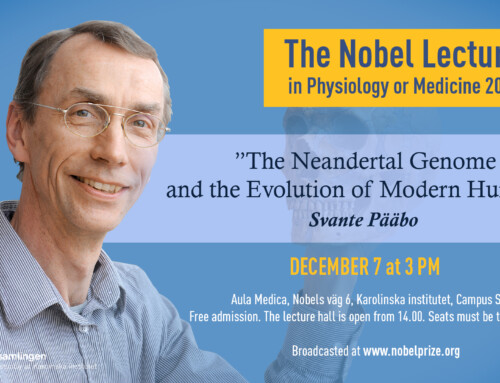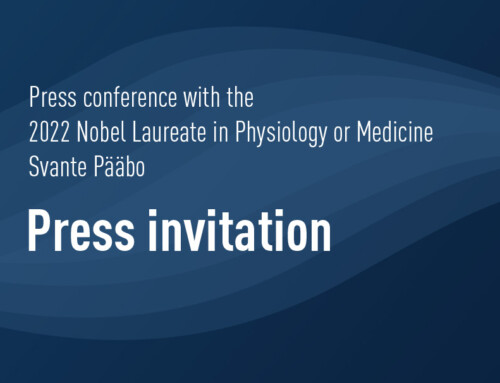Alan Tall
Title:”Regulation of Hematopoiesis by Cholesterol”
Columbia University, P & S, New York, USA
Date:February 27, Thursday, 16.15
Location:Nobel Forum
Host: Göran K. Hansson
Contact:Tatiana Goriatcheva, Nobelkansliet, Nobel Forum, tel:+46-8-52487805, tatiana.goriatcheva@nobel.se
Abstract
Leukocytosis is a risk factor for athero-thrombotic disease in humans, and develops in animal models of atherosclerosis in response to feeding high fat, high cholesterol diets. The ATP binding cassette transporters ABCA1 and ABCG1 promote cholesterol efflux to apoA-1 and HDL, respectively and are targets of LXR transcription factors. Mice lacking ABCA1/G1 develop a dramatic myeloproliferative phenotype with monocytosis and neutrophilia, associated with expansion and proliferation of hematopoietic stem and myeloid progenitor populations (HSPCs). The transporters are highly expressed in HSPCs where they act to control proliferative responses to growth factors (IL-3, GM-CSF) by regulating plasma membrane lipid rafts and cell surface expression of the common beta subunit of the IL-3/GM-CSF receptor. ABCG4 is closely related to ABCG1 but is expressed primarily in the megakaryocyte progenitor (MkP) population of the bone marrow. ABCG4 deficient mice have MkP proliferation and expansion, thrombocytosis, increased platelet/leukocyte aggregates and accelerated atherosclerosis. ABCG4 promotes cholesterol efflux onto HDL, and thereby reduces the cell surface expression of the thrombopoietin (TPO) receptor. This appears to involve membrane cholesterol enrichment and interruption of a negative feedback loop of the TPO receptor involving Lyn Kinase and c-CBL which mediate ubiquitination and internalization/degradation. Overall results suggest that ATP binding cassette transporters promote cholesterol efflux, decrease membrane lipid raft formation and enhance the feedback down-regulation of growth factor receptors in response to growth factor binding, with anti-proliferative responses that may be beneficial in atherosclerosis and myeloproliferative neoplasms.






